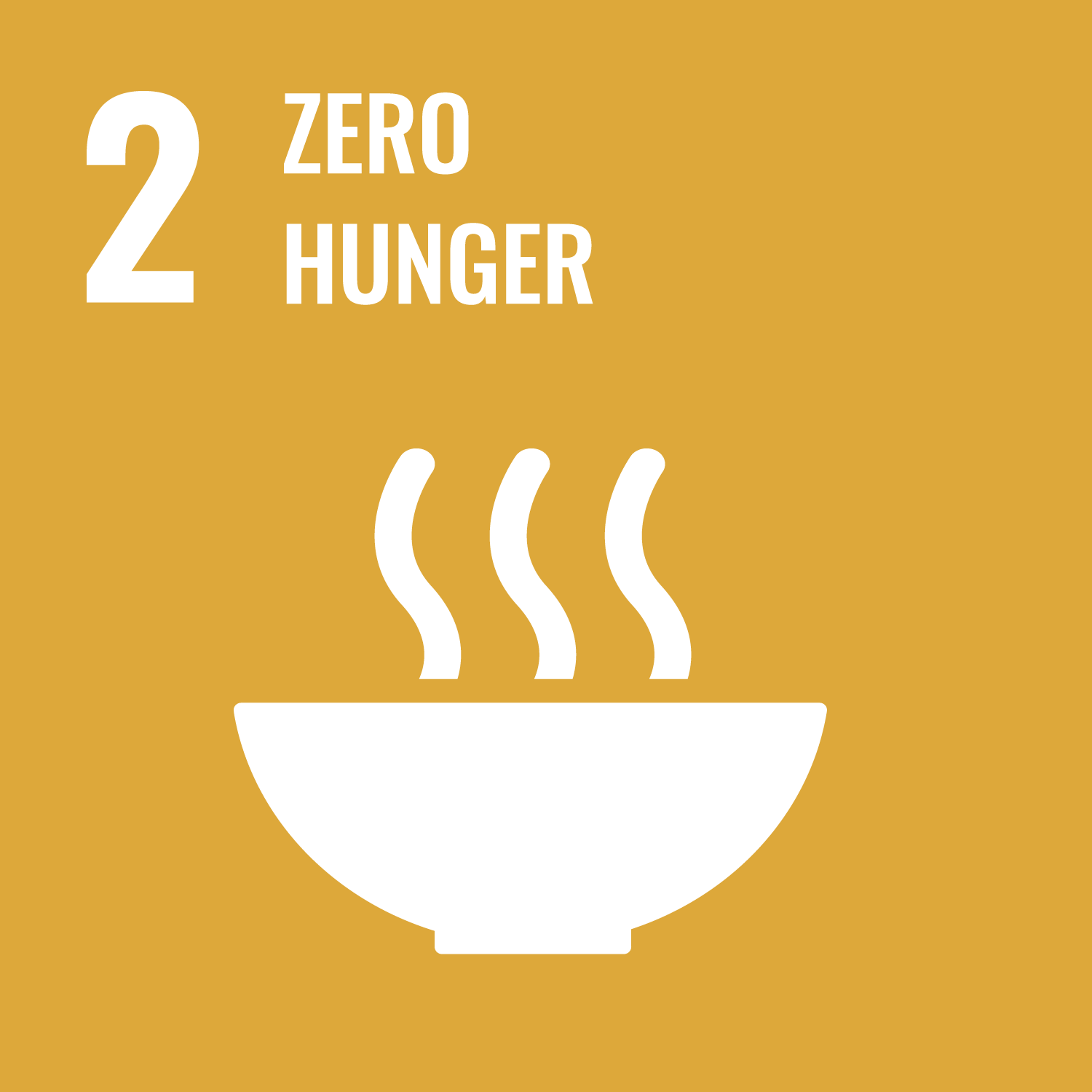Hughes, A. orcid.org/0000-0001-5163-5610, Roe, E. orcid.org/0000-0003-4674-2133, Wambiya, E. orcid.org/0000-0002-4149-3417 et al. (3 more authors) (2024) The challenges of implementing antibiotic stewardship in diverse poultry value chains in Kenya. Agriculture and Human Values, 41 (2). pp. 749-767. ISSN 0889-048X
Abstract
This paper investigates the challenges of implementing antibiotic stewardship – reducing and optimizing the use of antibiotics – in agricultural settings of Low- and Middle-Income Countries (LMICs) as a strategic part of addressing the global problem of antimicrobial resistance (AMR). It does so through analysis of the rapidly transforming yet diverse Kenyan poultry sector, characterized by growing commercial operations alongside traditional smallholder farming. Our research involves interviews with farmers, processors, policymakers, and agro-veterinary stores in these settings. We blend Chandler’s (2019, p. 8) notion of “antibiotics as infrastructure” with value chain frameworks to understand how the structural role of antibiotics in agriculture plays out through contrasting value chains, with different implications for stewardship. Weak regulation and intense market-based pressures are shown to drive widespread antibiotic use in poultry value chains involving small- and medium-sized farms supplying open markets. Antibiotic stewardship through adherence to agricultural and food safety standards is more evident, though unevenly observed, in value chains involving large commercial farms and processors supplying corporate buyers. Our findings reveal the complex structural roles of antibiotics in maintaining producer livelihoods in an intensely competitive and heterogeneous Kenyan poultry sector. This highlights challenges with applying global AMR policy to transforming food systems in LMICs without appropriate translation. We argue that attempts to reduce and optimize the use of antibiotics in agriculture must be informed by nuanced understandings of the roles of antibiotics in food systems in specific places including where very different scales and models of farming and value chain co-exist.
Metadata
| Item Type: | Article |
|---|---|
| Authors/Creators: |
|
| Copyright, Publisher and Additional Information: | © The Author(s) 2023. Open Access: This article is licensed under a Creative Commons Attribution 4.0 International License, which permits use, sharing, adaptation, distribution and reproduction in any medium or format, as long as you give appropriate credit to the original author(s) and the source, provide a link to the Creative Commons licence, and indicate if changes were made. The images or other third party material in this article are included in the article’s Creative Commons licence, unless indicated otherwise in a credit line to the material. If material is not included in the article’s Creative Commons licence and your intended use is not permitted by statutory regulation or exceeds the permitted use, you will need to obtain permission directly from the copyright holder. To view a copy of this licence, visit http://creativecommons.org/licenses/by/4.0/. |
| Keywords: | Antibiotic stewardship; Antimicrobial resistance; Value chains; Kenya; Poultry |
| Dates: |
|
| Institution: | The University of Sheffield |
| Academic Units: | The University of Sheffield > Faculty of Medicine, Dentistry and Health (Sheffield) > School of Health and Related Research (Sheffield) |
| Depositing User: | Symplectic Sheffield |
| Date Deposited: | 22 May 2024 11:06 |
| Last Modified: | 22 May 2024 11:06 |
| Status: | Published |
| Publisher: | Springer Science and Business Media LLC |
| Refereed: | Yes |
| Identification Number: | 10.1007/s10460-023-10518-3 |
| Related URLs: | |
| Sustainable Development Goals: | |
| Open Archives Initiative ID (OAI ID): | oai:eprints.whiterose.ac.uk:212630 |


 CORE (COnnecting REpositories)
CORE (COnnecting REpositories) CORE (COnnecting REpositories)
CORE (COnnecting REpositories)